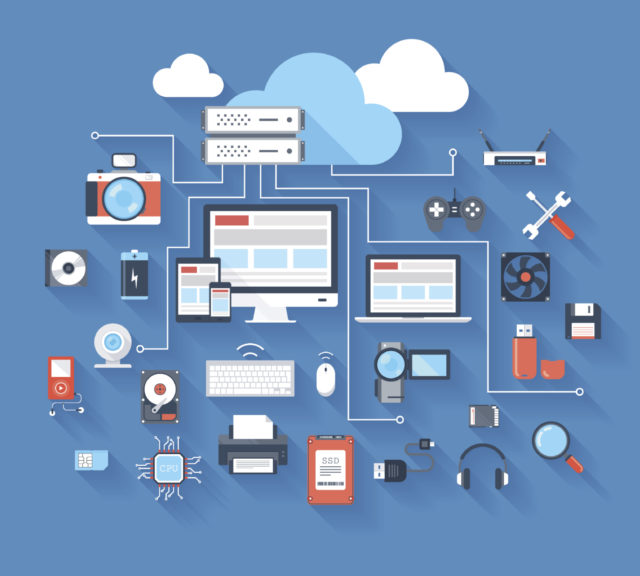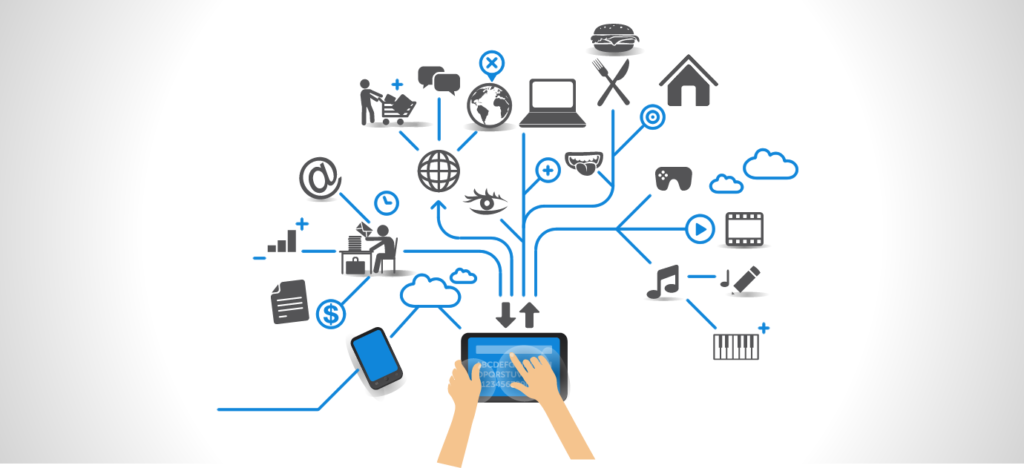Thanks to the internet, this world of ours is connected like never before—from smart clothing to cars that fix themselves. Analyst firm Gartner predicts that by 2020 there will be over 26 billion connected devices. The technology began with ATMs in the 1970s and today makes science fiction possible with a new age of innovative convenience and “cool factor” for generations to come.
More Access Means More Devices
The Internet of Things (IoT) market is expected to grow to $151 billion by 2020, according to market researcher Research and Markets. That includes infrastructure, software, processors, sensors and other tech. The market is growing in part due to advances in technology, but also increasing areas of global internet accessibility.
While IoT may be all the rage, the biggest problem brands have faced is the sheer amount of data to process. Cloud storage technology has made IoT more feasible, but not without its challenges. In 2013, for example, Virgin Airlines announced a fleet of connected Boeing 787 aircraft designed to detect mechanical failures and prevent tragedies before they happen. The price of having everything from wing flaps to luggage on the network is processing half a terabyte of data each flight.

Tech Is “So Hot Right Now”
Today’s young consumers—millennials and Gen Z—are digital first and look favorably upon brands that utilize modern technology in their offerings. According to a recent study by Wikia, 66 percent of Gen Z’ers say technology makes them feel like anything is possible. Millennials like to keep things connected and simple when it comes to interacting with brands, too. Seventy percent of millennials feel good about chatbots, according to a recent study by Aspect and 54 percent prefer all customer interactions via electronic means.
More and more brands are happy to meet consumer demands for high-tech goodies. Mountain Dew, for example, partnered with youth-culture fashion brand VFILES to integrate media-based tech as part of their digital innovation program. The smart clothes collection, “Camo Out” includes a hat, Bluetooth jacket, solar-powered backpack and jackets and pants with built-in headphones—all debuted in November at the pop culture trade show ComplexCon in Los Angeles.
“When the brand is at its best, it’s constantly innovating, instigating and pushing the culture in a meaningful way for all of our fans—they expect it from us,” Stinson Parks, Mountain Dew’s digital marketing manager, told [a]listdaily. “The areas of tech and innovation are important for Dew and we are always pushing the boundaries as a digital instigator.”
Marketers Are Ready
IoT is now a reality and marketers have certainly taken notice. According to data published in November, 23 percent of US advertising and marketing executives identified the IoT as “very important” compared to AR/VR, conversational marketing and artificial intelligence at 14 percent each. In addition, a separate study by Deloitte found that in 2016, more than one third of executives said their companies were actively deploying IoT.

